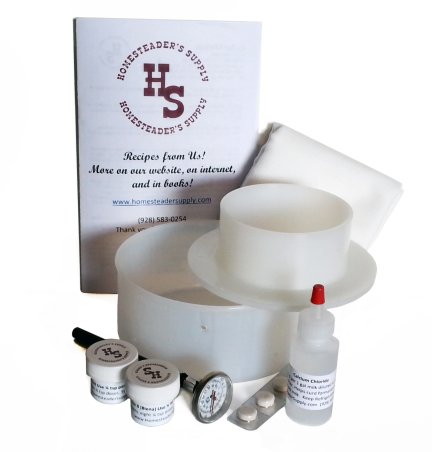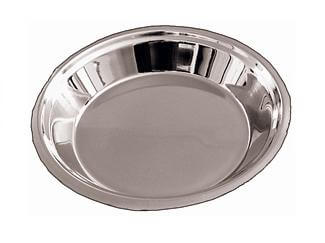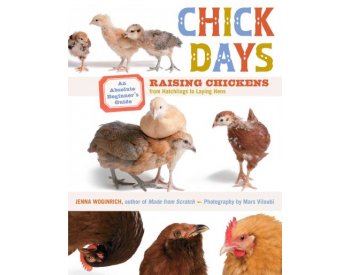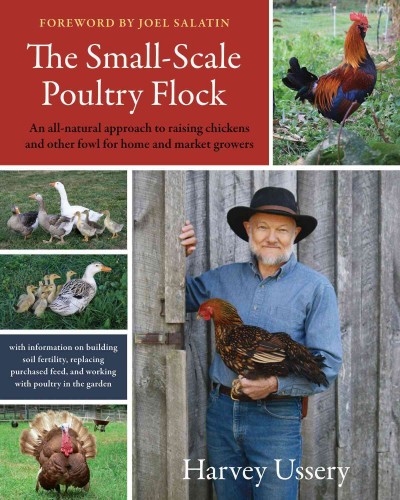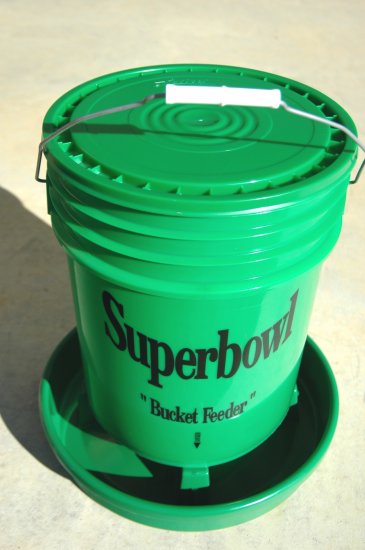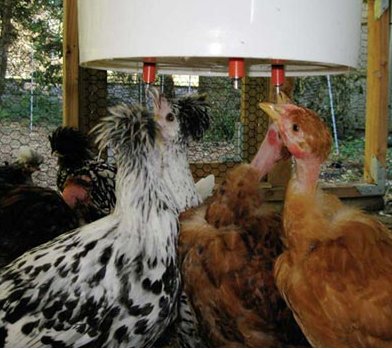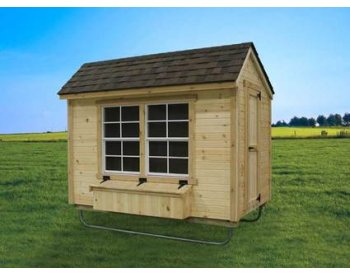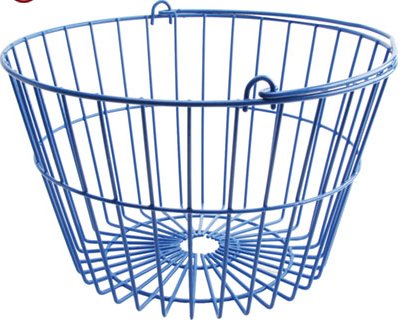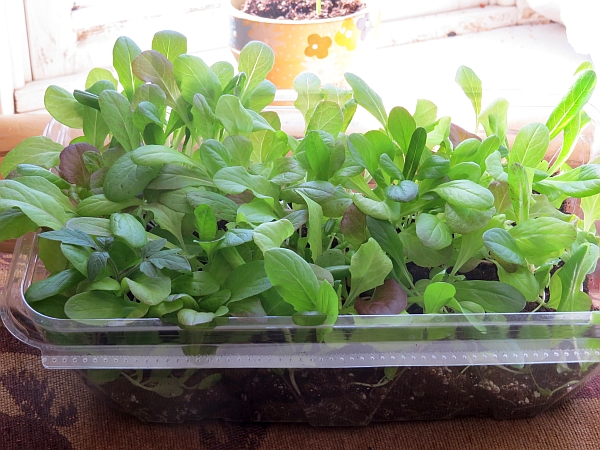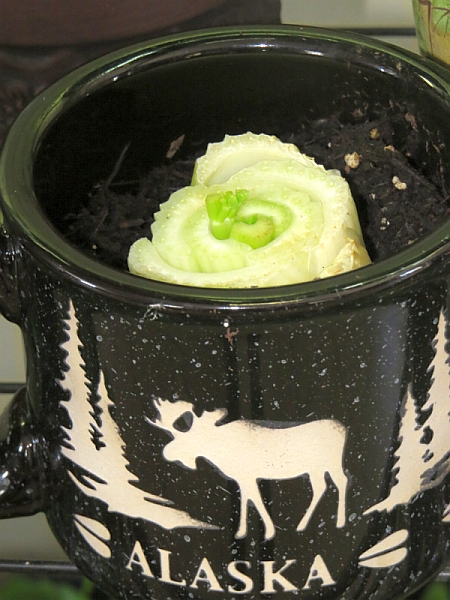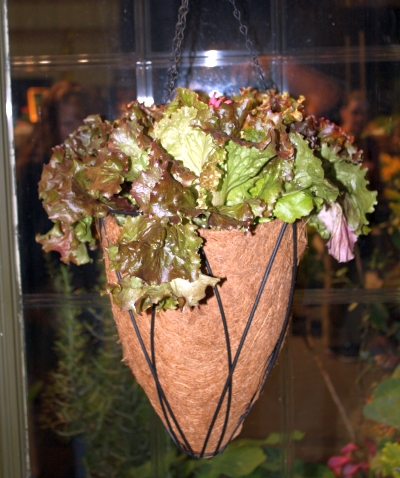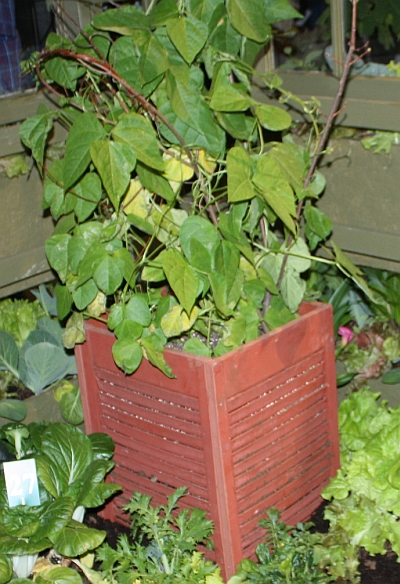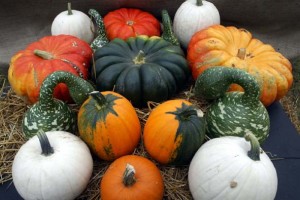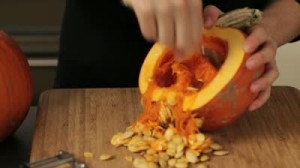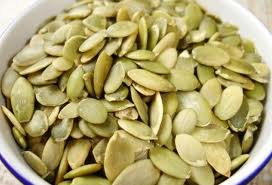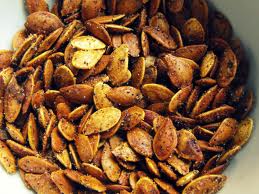The Homestead To Do List
It’s overwhelming sometimes, isn’t? Seems like the Homestead To Do list grows as fast as the weeds, is as hard to whittle down as it is to muck stalls in spring, and that it has a mind of its own. Leave it sitting on the table unsupervised and someone’s apt to add to it while you’re not looking.
These tips might help you keep the list from taking over every waking moment.
Separate your lists. One list for the homestead work, one for household work, one for kids. But keep control of how many lists you have. Combine what goes together naturally.
Homestead tasks include the garden, putting food up, firewood, livestock, poultry and similar tasks. Household tasks include laundry, dishes, floors, dusting, painting and decorating.
A daily list is a big help to me. I end my day but writing tomorrow’s To Do list on a 3″ x 5″ spiral bound notebook that fits in my back pocket. I have tiny pens that fit in my pocket, too. A fresh list, in the order I should work, keeps me focused. I don’t have to clutter my mind trying to remember what else I need to do, and that helps me concentrate on the task at hand. Anything I didn’t accomplish today goes to tomorrow’s list if it still really needs to be done.
Here’s one for your to do list. Subscribe to Homesteader’s Supply newsletter.
The pen is a big time saver. Write down your additions. Again, if you’re not working to remember everything you’re better able to concentrate.
Be Seasonal. If you’re not going to get to certain tasks until winter don’t clutter your list with them now. I makes your list look and feel longer than it is. Make a note on a master list and forget about it for now.
Accept that your lists will probably never be empty. That’s a hard one. It’s a relief to cross items off the list. It must be a great feeling to not have a To Do list. I’m not familiar with that feeling. Lists evolve. They grow, shrink, change, get crumpled up and thrown away.
Set Time Limits. Set time limits. Be realistic, but aim to get the job done in a certain amount of time. It takes me one hour to weed the beans if I hustle. Keep moving and work efficiently.
Weather. Pay attention to the weather. I can weed the beans today before it gets too hot but I can’t put them on tomorrow’s list because it’s going to rain hard all day.
Do a good job. Doing a good job today means some items won’t be back on your list too soon. It’s worth the extra time and effort now even when it feels like a big burden during an especially busy time of year.
Be Realistic. I had beautiful perennial gardens on my list year after year after year. Weed. Plant. Weed. Prune. Weed. I’ve come to the conclusion that there isn’t time to raise pigs and poultry, have a half-acre garden, put up all this food, cut, split and stack the firewood, and have beautiful perennial gardens.
Control your to do list, don’t let your to do list control you.


